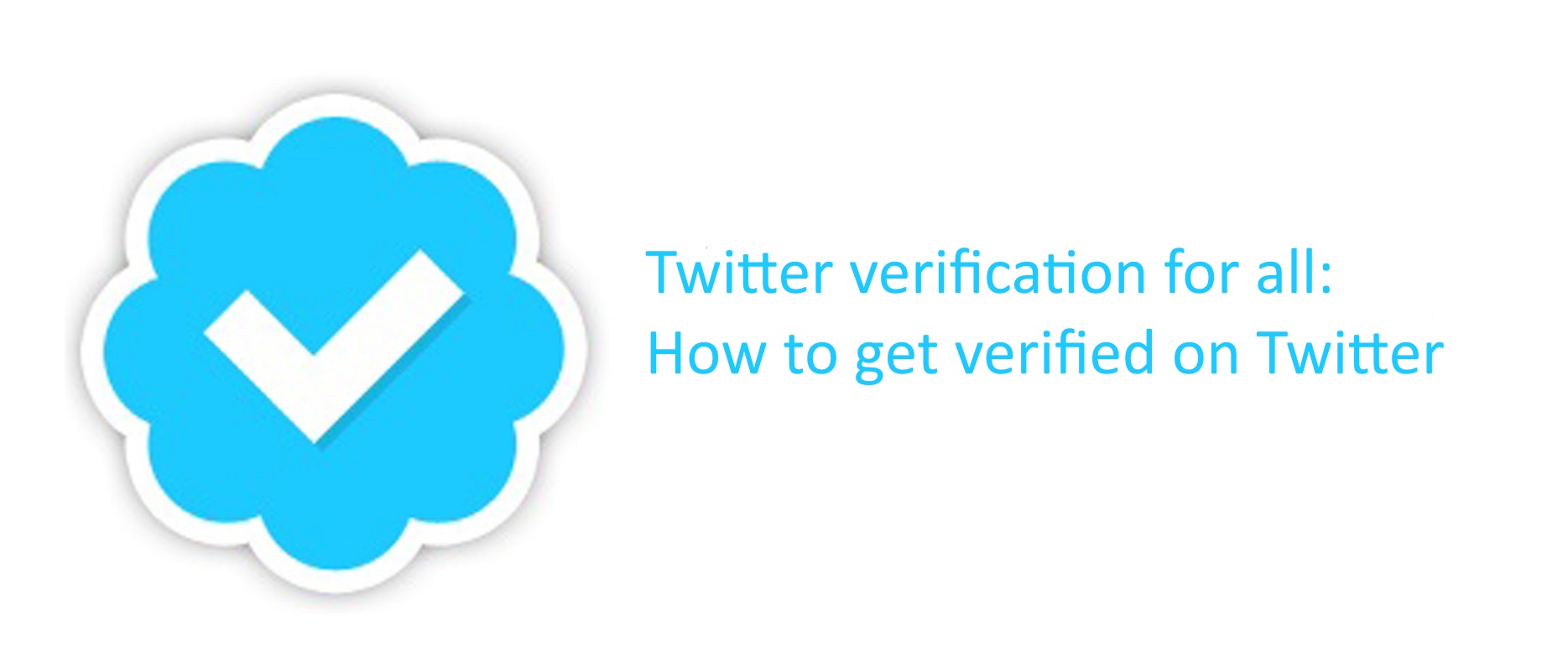How to get verified on Twitter | Verification now open to all
 Twitter
Twitter Twitter has just announced that verified accounts will now be open to individuals and brands.
The famous blue tick denoting verified status was previously given out based entirely on Twitter’s internal criteria, with no option to submit a request to be verified. Some people would wake up to the compliment of being seen as notable, with a little blue tick by their name while other, sometimes well known individuals, would continue on unadorned as a mere standard user.
Now, Twitter is inviting “great, high-quality accounts” to apply to become verified by filling in this form, and (crucially) handing over some data about themselves.
Who can get verified on Twitter?
Until now it was only ‘public interest’ accounts, those most at risk of being imitated such as those of celebrities and major brands, who were verified. With today’s announcement it feels like the company is moving to use verification from a public safety and identity protection initiative, to one of brand-building and encouraging ownership and participation in the site.
As such, there are no specified limits over who can submit an application to be verified on Twitter - but that doesn’t mean everyone will be verified. Twitter is unlikely to explain its rationale or decision-making process but at least now there is greater control for users in the verification process, and intent from the company to increase it’s verified userbase.
Why is Twitter allowing more people to become verified?
The opening up of Twitter verification is likely related to current challenges the company faces. The company struggles with profitability, more than two years after its IPO. In its first quarter financial report of 2016, though Twitter generated revenue of $595 million, the company nevertheless made a loss of $80 million.
Active user growth, on a quarterly basis, remains pretty flat at about 320 million users and investors are increasingly wary about whether Twitter can grow the user base and, most importantly, find ways to monetise that user base in a really significant way. The company’s share price dipped below $20 per share at the start of the year, down from a high around $70, and is yet to bounce back.
To combat these issues, the company is investing in innovation like live-streaming of video, improved customer experience through new spam/abuse controls and (perhaps most relevant here) a renewed commitment in their last earnings call to “demonstrate our value proposition to a larger audience”.
We can likely expect more initiatives like this intended to increase the active user base by adding value and causing users to take a second look what they could get from the platform by engaging, reading and posting more.
How do you get verified on Twitter?
As part of the verification procedure, Twitter wants some (more) data from you. Applications are straightforward and upon visiting the verification page (found here). the form is pretty light work-
As an individual, users must share their Twitter their mobile number, birthdate and potentially even identification documents to verify. Where identity may be in doubt, a support page states that;
“We may request that you scan and upload a legible copy of your government-issued ID (such as a passport or driver’s license) to confirm your identity,”
This in itself has cause some users to be concerned, both in terms of the targeted advertising applications may have in mind, but also due to the firm having some challenges with security, with 100,000 users having their data (at least potentially) exposed in February as a result of a flaw in the platform’s password recovery protocol.
Is Twitter important for brands?
Twitter continues to be important for company and individual brands - the struggle for the company to monetise intself does not (of course) mean that users cannot themselves use the platform to effectively build their brand, increase customer engagement and achieve financially significant results.
Indeed, as a source of data and forum for public debate, Twitter remains a great resource. Our own Blueclaw EU Referendum Tweetgraph (detailed in this blog) used Twitter data to compare engagement with the key terms used by the Remain and Leave camps and resulted in powerful insight that achieved global coverage.
Whatever the future may hold for Twitter as a business, it’s important to take advantage of the possibilities of the medium for your own - and getting verified is just one of a variety of new approaches the company will be making to draw you back.
On another topic entirely, the Blueclaw SEO for eCommerce guide has been updated for Summer 2016 - get your copy here if you haven’t already!
